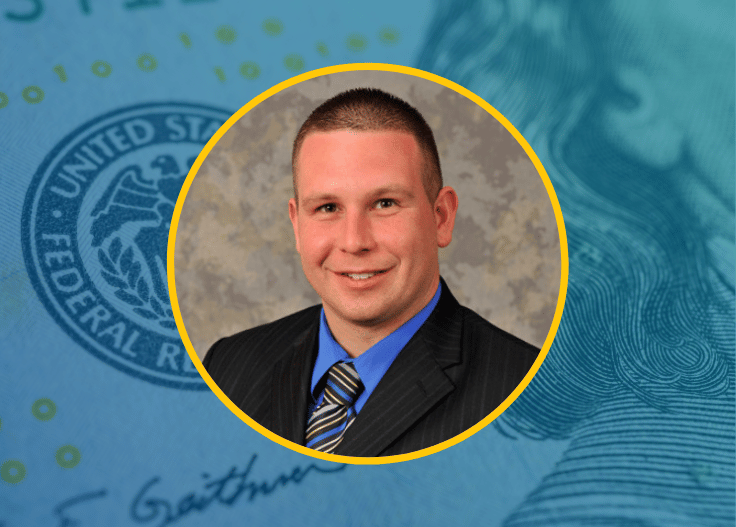The Fed holds steady on rates in September meeting
Published October 29, 2023 by Angela Talbot
-
Categories:
- News
- Webster First

The Federal Open Market Committee has been raising the Federal Funds Rate (Fed rate) since March of 2022. They met in September 2023 and decided to hold the rate, keeping it at a target 5.25 – 5.5%. Although they did not raise the rate at this meeting, experts believe there will be one more rate hike before the end of 2023.
Inflation peaked at 9.1% in June of 2022. Since the Fed has been making their efforts, the inflation rate had dropped to 3.2% in July 2023, but rose again to 3.7% in August. The Fed’s next meeting is currently scheduled for November 2023.
The Fed rate determines what banks charge each other for overnight lending and acts as a guideline for what banks and credit unions charge on consumer and real estate lending. We caught up with Webster First VP of Risk Management John Thomasian to discuss the Fed’s recent decision and what implications it may have on the future of the economy.
Why is the Fed holding the rate now after so many rate hikes?
The Fed’s main goal with the current tightening campaign is to slow the economy in order to reduce inflation towards a target level of 2%. The risk in doing so is to not slow the economy so much that it enters a recessionary period. It’s a fine line the Fed must walk in order to achieve this goal. If they raise rates too much it could be harmful to the economy. If they don’t raise them enough, inflationary pressures will persist.
Has inflation decreased since they began raising interest rates and by how much?
The Fed started raising rates in March of 2022 and has made improvements in decreasing inflation, but there is still more work to be done to achieve the target 2% level. Headline inflation (inflation that includes the cost of food and energy – as opposed to core inflation which does not) was increasing year-over-year in October 2022 at a rate of 7.70%. The most recent statistics show a year-over-year increase of 3.70%, illustrating the Fed’s tightening campaign has sent inflation in the right direction but hasn’t hit their target level of 2% just yet.
Will they meet the target of 2%?
Time will tell, some economists believe 4% may be a new normal.
When might we expect to see a change in the cost of goods, or mortgage rates?
Despite restrictive monetary policy, the economy has continued to grow, which has caused investors to bet that the Fed will maintain high rates for a longer period of time. Inflation has risen for two consecutive months, and while this has been driven primarily by higher energy costs which are not necessarily impacted by monetary policy, the Fed is concerned about a lack of progress towards the 2% target. Consensus is rates could stay up longer given recent data, with the first rate cuts not occurring until September of 2024. But the Fed has been transparent in stating they will let the data dictate their course of action.
What other things can we expect to see happen in the future?
Given today’s financing rates, we will continue to see less lending across all sectors. This will help battle inflation but inevitably will slow the economy as a whole.
For more insights from John Thomasian about the Fed rate, see The Fed rate rises again. Here’s what you need to know.